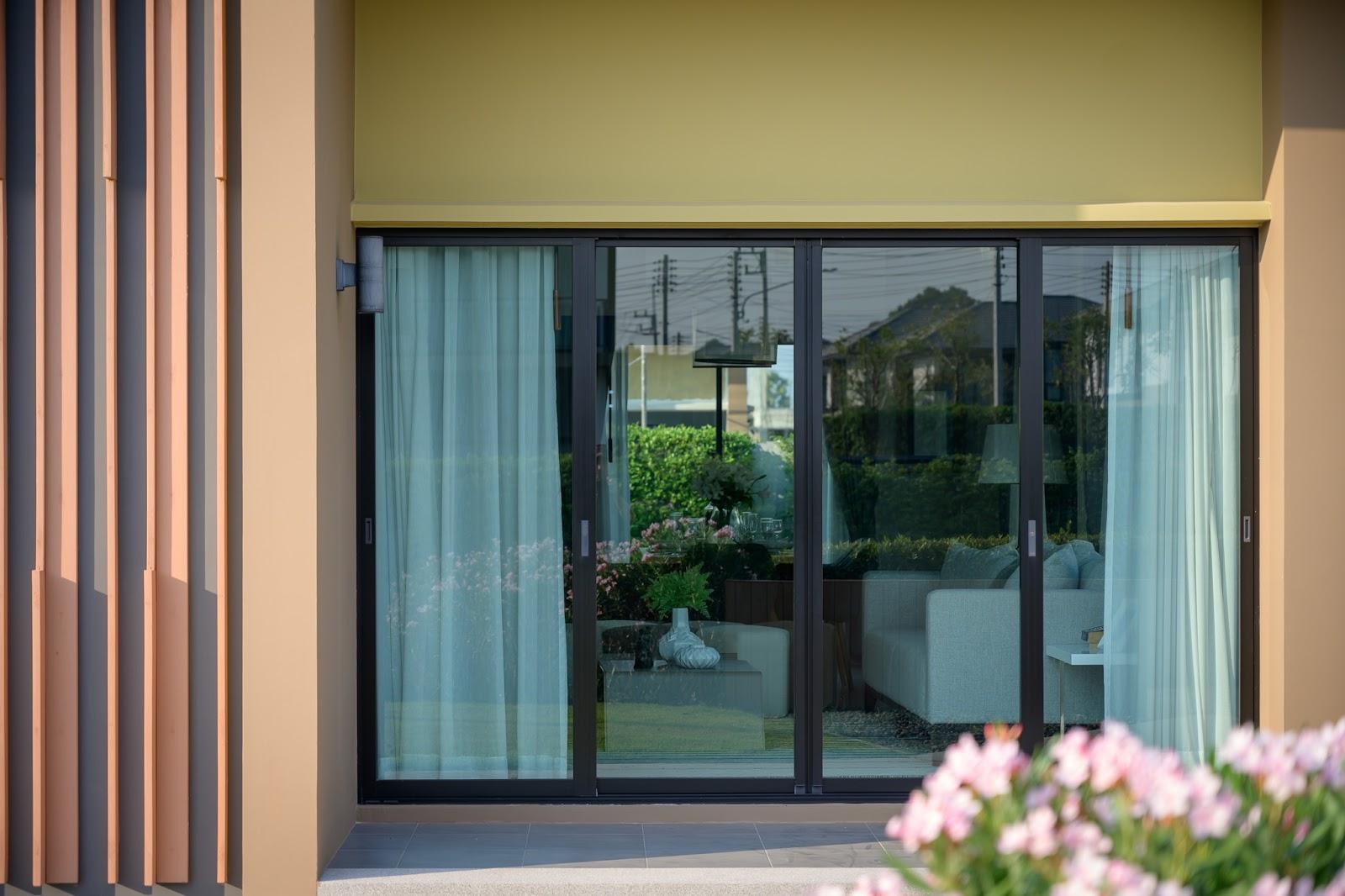As the demand for contemporary architecture grows, so does the focus on sustainable materials and future-ready designs. Homeowners and architects alike are moving beyond mere aesthetics, opting for products that offer long-term performance, environmental responsibility, and sleek visual appeal. In this context, aluminium doors are gaining popularity as an intelligent and stylish alternative to traditional wooden or steel doors.

Modern aluminium door design blends minimalist form with maximum function. With their lightweight yet strong build, corrosion resistance, and recyclability, aluminium doors check all the boxes for a greener and smarter way to build. In this post, we will explore why aluminium doors are becoming the top choice for future-forward homes and how they contribute to both sustainability and style.
1. Durability That Supports Sustainable Living
One of the key pillars of sustainable design is longevity. The longer a product lasts, the fewer resources are required for replacements or repairs over time. Aluminium doors are exceptionally durable and corrosion-resistant, making them suitable for diverse Indian climates, whether coastal regions with high humidity or dry interiors with fluctuating temperatures.
Unlike timber doors that warp, rot, or swell, aluminium retains its shape and appearance for years with minimal maintenance. TOSTEM India’s aluminium door systems are a great example of this durability. Their doors are manufactured with patented TEXGUARD coating profiles, ensuring long-lasting colour stability and protection against wear from daily use and environmental exposure.
This longevity significantly reduces the environmental footprint associated with frequent renovations or replacements, making aluminium door design a future-ready option in sustainable architecture.
2. Sleek, Minimalist Aesthetics with Customisation
Aluminium doors are often celebrated for their clean lines and modern finishes. Their slender frames allow for larger glass surfaces, letting natural light flow freely into the living space. A design feature that’s both energy-efficient and aesthetically pleasing.
The flexibility in aluminium door design allows homeowners to choose from a wide range of colours, finishes, and configurations that suit both interior and exterior applications. Whether it’s a matte black frame for a contemporary urban home or a natural silver tone for a modern villa, the design possibilities are endless.
3. Energy Efficiency and Thermal Performance
As energy efficiency becomes a key concern in building design, door and window systems play a major role in thermal insulation. Aluminium doors, when paired with high-quality glass and proper sealing mechanisms, offer excellent thermal performance.
Modern aluminium systems offered by brands like TOSTEM often come with multi-chamber profiles and EPDM gaskets that reduce air leakage and improve indoor climate control. Compared to outdated metal or wooden doors that may allow heat exchange, new-age aluminium solutions help reduce the reliance on air-conditioning or heating systems, contributing to lower energy bills and carbon emissions.
4. Smart Use of Space with Folding Door Design
In compact homes or in areas where space optimisation is essential, folding door design offers a clever solution. Also known as bi-fold doors, these systems can open wide without taking up much floor space. They are ideal for connecting indoor living rooms to patios, balconies, or gardens, allowing for a seamless indoor-outdoor experience.
What makes folding door design stand out is its ability to fold panels neatly to the side, creating an expansive opening without fixed barriers. This enhances both functionality and spatial fluidity.
TOSTEM’s WE 70 folding doors are an example of performance-driven folding systems. With robust aluminium frames, smooth-rolling mechanisms, and weather-tested seals, they combine space-saving innovation with long-term reliability, perfect for both residential and commercial applications.
5. Environmentally Responsible Material Choice
From production to end-of-life, aluminium has a significantly lower environmental impact compared to many other materials. It is 100% recyclable without losing its core properties, which means that old aluminium doors can be reused and reprocessed indefinitely, making it a material of choice in circular economy models.
Additionally, aluminium extraction and manufacturing processes have evolved to be more energy-efficient over time. Brands like TOSTEM contribute to this eco-conscious journey by sourcing aluminium responsibly and producing door systems that are not only high-performing but also environmentally certified.
When combined with energy-efficient glass, aluminium doors become part of a larger ecosystem of green building materials, meeting the standards of sustainable construction and responsible living.
Conclusion
In a world where every design decision counts both aesthetically and environmentally, aluminium doors stand out as a clear choice for modern, sustainable living. They are durable, lightweight, resistant to environmental wear, and endlessly recyclable. From sleek profiles that support minimalist design to systems that enhance thermal efficiency and airflow, aluminium doors deliver benefits well beyond basic functionality.
As homes evolve to support wellness, energy savings, and environmental consciousness, aluminium doors are no longer a niche or luxury. They are becoming the new standard. Their ability to align with future-forward values while offering immediate benefits, such as low maintenance, high security, and flexible configurations, ensures their growing relevance in both residential and commercial spaces.
Whether you’re considering a full aluminium door design for your main entrance or exploring folding door designs for indoor-outdoor flexibility, aluminium offers a material and system that will serve your space for years, both in terms of performance and purpose.